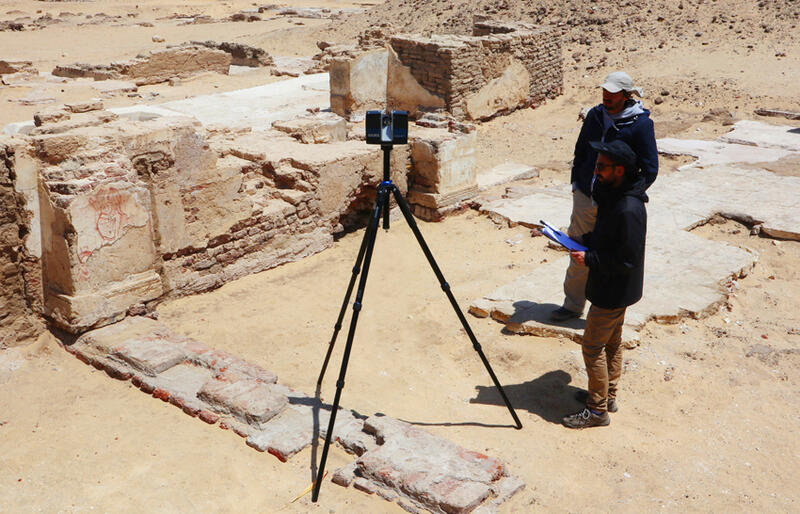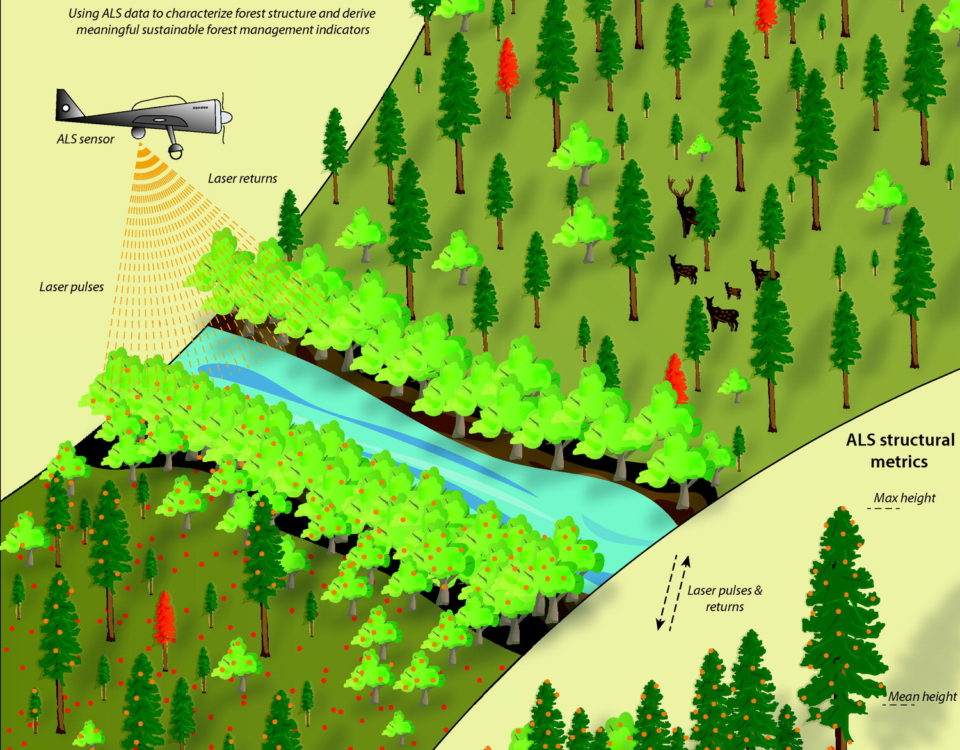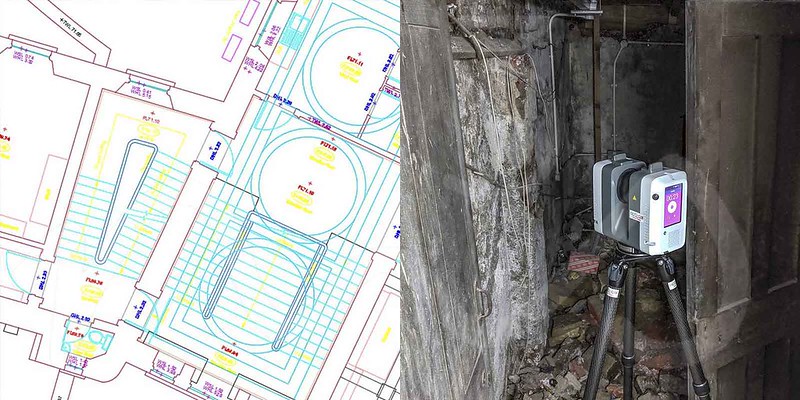In an era where technology continues to transform the way we work, laser scanning has emerged as a powerful tool for organizations across various industries. This cutting-edge technology has revolutionized the way we capture, analyze, and visualize spatial data. Laser scanning, also known as LiDAR (Light Detection and Ranging), uses lasers to create highly detailed and accurate 3D representations of objects, environments, and structures. Its applications are as diverse as the industries it serves, from construction and architecture to archaeology and forestry. In this blog, we will delve into some real-world case studies that showcase the remarkable success stories of organizations that have harnessed laser scanning technology to their advantage.
1. Architecture and Building Construction:
Case Study: The Sagrada Família, Barcelona
The Sagrada Família, Antoni Gaudí’s iconic masterpiece in Barcelona, Spain, is a breathtaking example of how laser scanning can aid in architectural preservation and restoration. The intricate and organic design of the basilica presented unique challenges in understanding its existing structure. Laser scanning technology enabled architects and engineers to create precise 3D models of the Sagrada Família’s complex architecture, aiding in the preservation of the structure and assisting with ongoing construction efforts. The data collected through laser scanning has not only ensured the historical integrity of the building but also facilitated the completion of this awe-inspiring project.
2. Oil and Gas Industry:
Case Study: Shell Oil Platform Maintenance
The oil and gas industry often operates in challenging and hazardous environments, making maintenance a critical aspect of their operations. Laser scanning technology has proven to be a game-changer in this sector. Shell, a leading energy company, implemented laser scanning to inspect and maintain their offshore platforms. By using laser scanning, they can capture detailed 3D data of the platforms, which significantly reduces inspection time and minimizes risks to workers. This technology-driven approach not only improves safety but also enhances the overall efficiency of maintenance operations in the oil and gas industry.
3. Archaeology:
Case Study: Machu Picchu, Peru
Preserving historical sites like Machu Picchu, an ancient Incan citadel in Peru, is of utmost importance. Laser scanning has played a pivotal role in documenting and conserving this UNESCO World Heritage site. By using LiDAR technology, archaeologists can create highly detailed digital representations of Machu Picchu’s terrain and structures. This data helps in better understanding the site’s history, erosion patterns, and architectural details. It also aids in planning for restoration efforts while minimizing physical impact on the delicate site itself.
4. Forestry and Environmental Conservation:
Case Study: Deforestation Monitoring in the Amazon Rainforest
Laser scanning technology has made significant contributions to environmental conservation efforts. In the Amazon rainforest, laser scanning is used to monitor deforestation rates and assess the health of ecosystems. By flying LiDAR-equipped aircraft over the forest, researchers can create accurate 3D maps of the terrain and canopy structure. This data assists in tracking deforestation, identifying areas of concern, and developing targeted conservation strategies. The real-time insights provided by laser scanning are invaluable in safeguarding one of the world’s most vital ecosystems.
5. Manufacturing and Quality Control:
Case Study: Automotive Assembly Line Inspection
In the manufacturing sector, precision and quality control are paramount. Laser scanning technology has been employed on automotive assembly lines to ensure the accuracy of parts and components. By scanning vehicles at various stages of production, manufacturers can identify deviations from design specifications and make real-time adjustments. This not only reduces waste but also enhances the overall quality of the final product. Laser scanning has become an essential tool in the pursuit of efficiency and excellence in manufacturing.
These case studies highlight the versatility and transformative potential of laser scanning technology. From preserving cultural heritage to improving industrial processes, laser scanning has left an indelible mark on a wide range of industries. As technology continues to evolve, we can expect even more innovative applications and success stories to emerge, further demonstrating the indispensable role of laser scanning in the modern world. As organizations continue to harness the power of laser scanning, the possibilities for its application in various fields are limitless, promising a future filled with groundbreaking discoveries and advancements.






